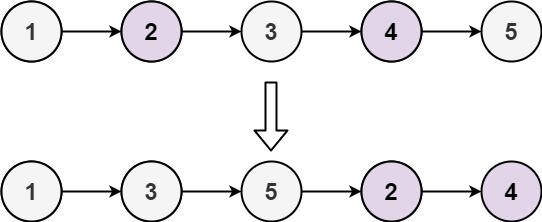Given a stream of integers and a window size, calculate the moving average of all integers in the sliding window.
Implement the
MovingAverage class:MovingAverage(int size) Initializes the object with the size of the window size.
double next(int val) Returns the moving average of the last size values of the stream.Example 1:
Input
[“MovingAverage”, “next”, “next”, “next”, “next”]
[[3], [1], [10], [3], [5]]
Output
[null, 1.0, 5.5, 4.66667, 6.0]
Explanation
MovingAverage movingAverage = new MovingAverage(3);
movingAverage.next(1); // return 1.0 = 1 / 1
movingAverage.next(10); // return 5.5 = (1 + 10) / 2
movingAverage.next(3); // return 4.66667 = (1 + 10 + 3) / 3
movingAverage.next(5); // return 6.0 = (10 + 3 + 5) / 3
Constraints:
1 <= size <= 1000
-10<sup>5</sup> <= val <= 10<sup>5</sup>* At most
10<sup>4</sup> calls will be made to next.题目大意:
求data stream特定窗口的平均数
解题思路:
结构上跟LRU cache类似
解题步骤:
N/A
注意事项:
- 用queue
Python代码:
1 | def __init__(self, size: int): |
算法分析:
next时间复杂度为O(1),空间复杂度O(n)





